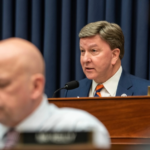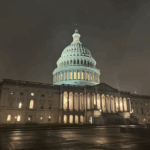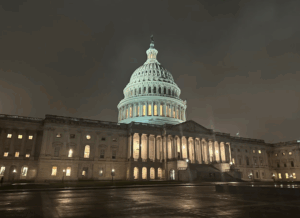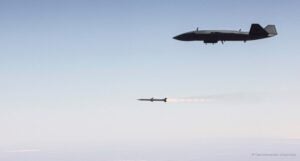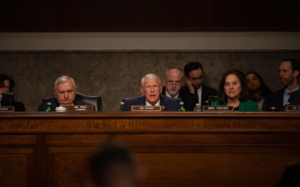
The top Republican on the Senate Armed Services Committee has confirmed he will introduce an amendment to boost the defense topline by $55 billion during the panel’s markup next week of the fiscal year 2025 National Defense Authorization Act. After unveiling his wide-ranging plan last week for a “generational investment” in defense, SASC Ranking Member Roger Wicker (R-Miss.) said on Wednesday there is “really no time to waste” in beginning to consider his proposal. “We can do so next week…when…

 By
By 
